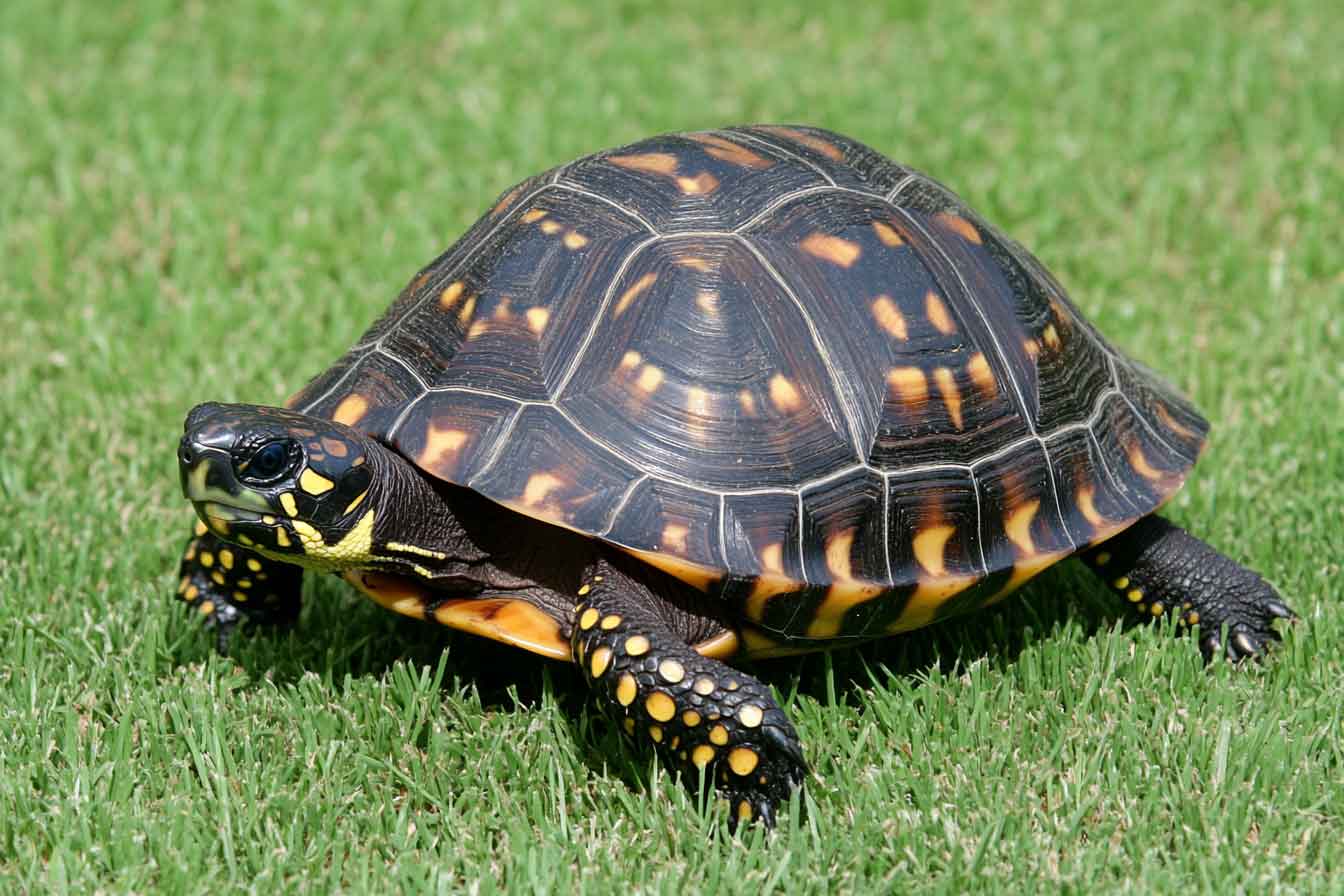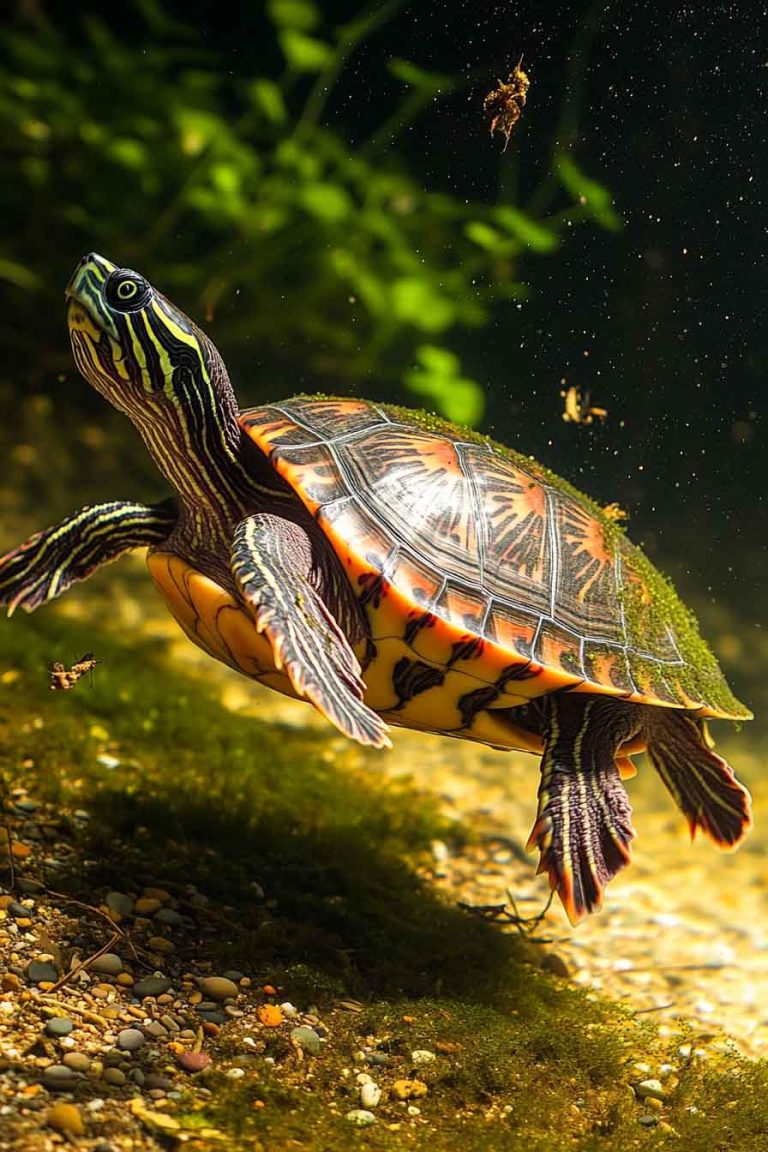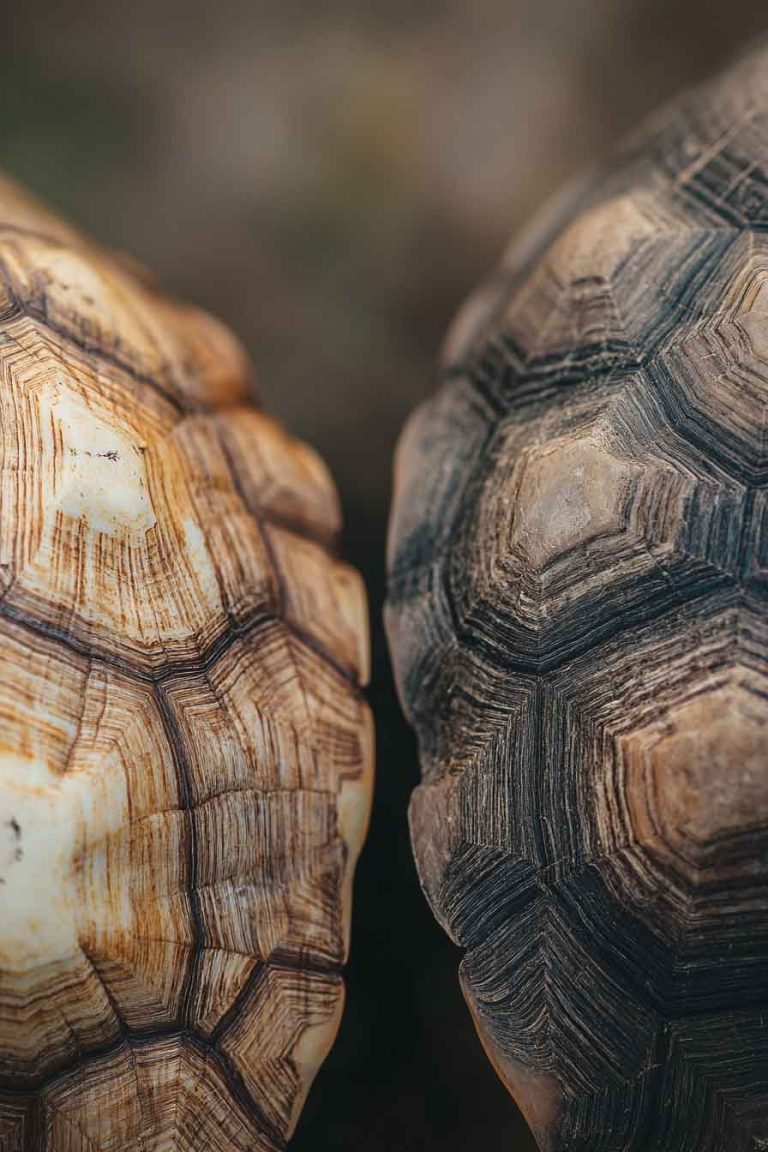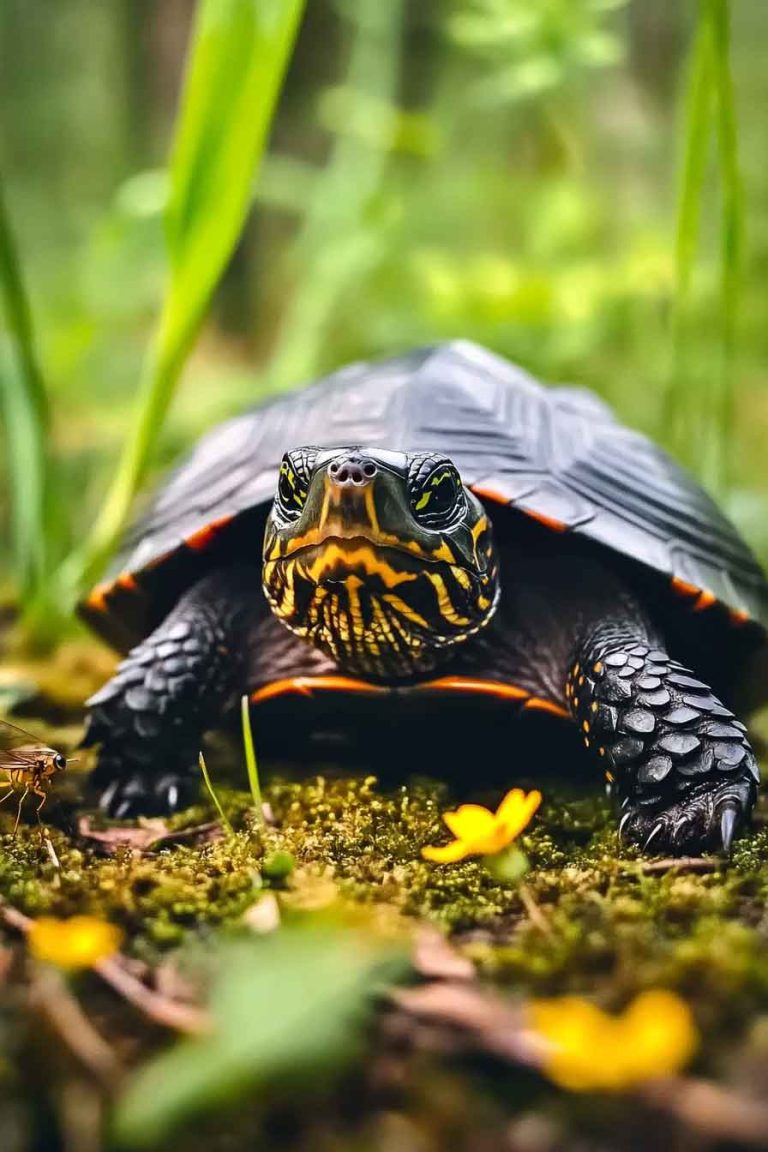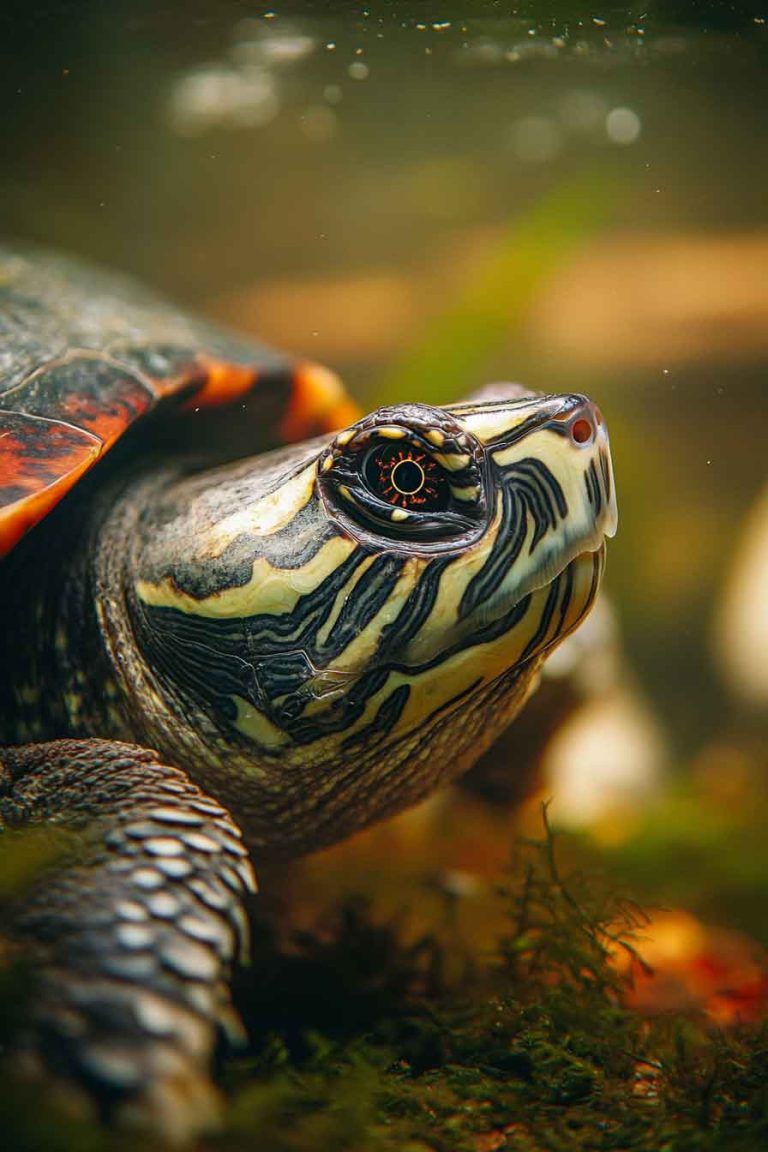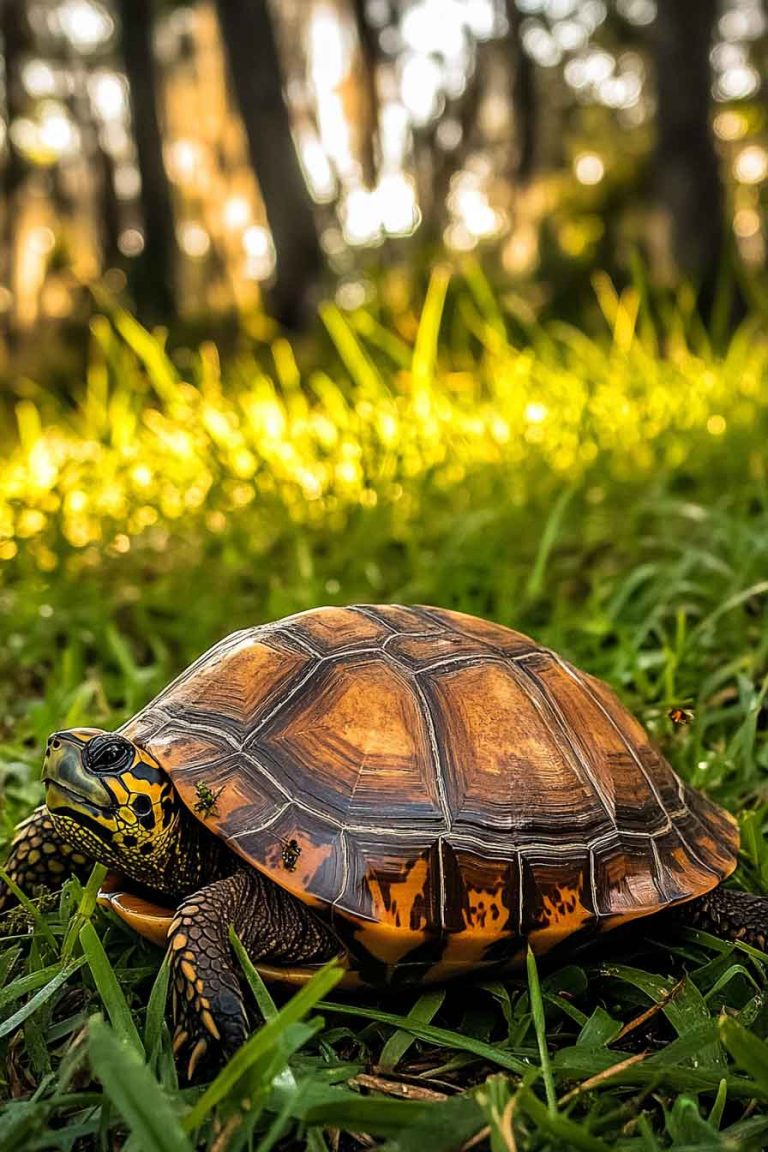How to Prevent and Treat Constipation in Pet Turtles: Signs, Causes, and Safe Remedies
Has your turtle gone a few days without pooping? That happened to mine—and I didn’t know what was wrong at first. I was feeding him like usual, checking the tank daily, and everything seemed fine. But then I realized: no poop. For over three days. That’s when I started to worry. At first, I thought…
Has your turtle gone a few days without pooping? That happened to mine—and I didn’t know what was wrong at first. I was feeding him like usual, checking the tank daily, and everything seemed fine. But then I realized: no poop. For over three days. That’s when I started to worry.
At first, I thought maybe he was just slowing down for the season. But after some research, and eventually a vet visit, I found out he was constipated. And I’ll be honest—I had no idea turtles even could get constipated until that happened.
So if you’re wondering the same thing, yes—turtles do get constipated, and it can turn serious if you don’t catch it early. I’ve learned a lot through this experience, and I want to share everything I know so you can help your turtle feel better fast—and prevent it from happening again.
Can Turtles Really Get Constipated?
Yes, absolutely. Even though turtles have a slow metabolism, they should still poop regularly—especially if they’re eating well and living in a warm environment. If days go by with no poop, something is usually off.
Constipation in turtles usually happens when:
- The diet lacks fiber or is too high in protein
- The tank water is too cold, slowing digestion
- They’re not getting enough hydration
- They’re not active enough to stimulate their bowels
- Or they’ve eaten something hard to digest—like gravel or sand
I used to think turtles were kind of “self-cleaning,” like they’d sort everything out naturally. But the truth is—they really depend on us to create a healthy environment. And when we miss something, even by accident, their little systems can get backed up fast.
What I Noticed When My Turtle Was Constipated
Here’s what happened step-by-step with my own turtle. These signs are easy to miss at first, but they start to add up:
1. No Poop in the Tank for Days
Usually, I spot poop either floating in the water or stuck near the filter. But after three days, there was none. I even cleaned the whole tank thinking I had just missed it—still nothing.
2. He Refused Food
This was the red flag that made me start Googling. My turtle, who normally went nuts over food—even veggies—suddenly showed zero interest. I’d drop pellets or greens in, and he’d just stare or float by them.
3. Very Low Energy
He wasn’t swimming around like he used to. He mostly stayed in the basking area, resting. He wasn’t sick exactly—he still moved when I picked him up—but he was clearly uncomfortable.
4. Slight Belly Swelling
This one took me a while to notice. I gently picked him up and checked his underside. His belly felt a little rounder than usual—not rock hard, but firm and bloated. That’s when I suspected he was blocked up.
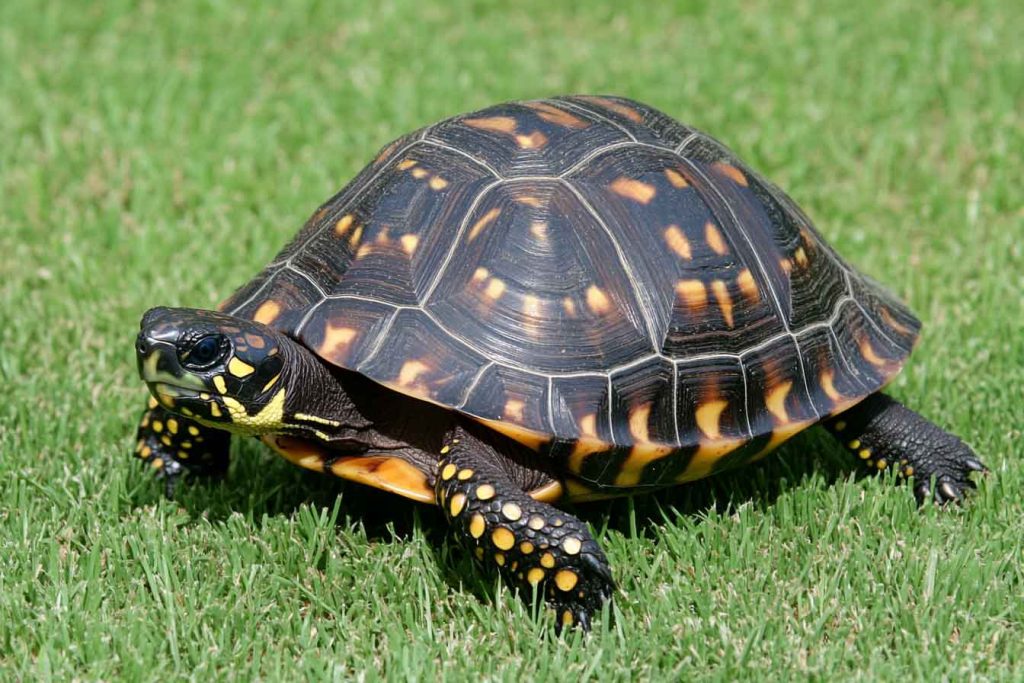
Common Causes of Constipation in Turtles
After doing some serious digging (and talking to a reptile vet), I learned these are the most common reasons turtles get constipated. In my case, it was a mix of a protein-heavy diet and a tank that had gotten a bit too cool.
1. Too Much Protein, Not Enough Plants
Turtles love meat—but too much protein slows down their gut. When I fed mostly shrimp, worms, and pellets, things stopped moving. Turtles need fiber from greens to stay regular.
2. Low Water Temperature
This is a big one. Cold water slows down everything in a turtle’s body—including digestion. I had a heater, but it was broken, and I hadn’t realized. The tank had dropped below 75°F, which is too cold for digestion.
3. Lack of Movement
Turtles need space to swim and explore. If they stay still too long, their digestive system slows too. I had forgotten to rearrange the tank for weeks, so mine was probably bored and less active.
4. Accidental Ingestion of Substrate
Some turtles eat gravel or sand while foraging, and that can cause blockages. I didn’t see mine do it, but it’s always a risk—especially if you use small pebbles or loose rock.
5. Dehydration
This one surprised me. Even aquatic turtles need hydration from food and their environment. If the tank water is dirty, stale, or low, they might not be getting enough moisture to keep things moving inside.
How I Helped My Turtle Poop Again
Once I figured out my turtle was constipated, I knew I had to act fast—but safely. I didn’t want to make things worse by stressing him out or forcing anything. So, I started with small steps that were gentle but effective. Here’s exactly what I did to get things moving again.
1. I Soaked Him in Warm Water
This worked wonders. I placed him in a shallow container with warm (not hot) water—about 85–90°F. The water was just deep enough to reach his belly, not cover his head.
I let him soak for 20–30 minutes a day, in a quiet, warm spot. Turtles usually relax in warm water, and the warmth helps stimulate their digestive system. After three days of this, he finally pooped!
Pro tip: Always supervise the soak. Don’t leave your turtle alone in the tub.
2. I Gave Him Fiber-Rich Foods
While he wasn’t eating much, I still offered food in case he got his appetite back. I switched to fiber-heavy options like:
- Dandelion greens
- Romaine lettuce
- Shredded carrot
- Cactus pads (if available)
Eventually, once he started nibbling again, I made sure no protein was given until he had a full bowel movement.
3. I Boosted His Tank Temperature
I checked my heater and realized the water was at 72°F—too low for healthy digestion. I replaced the heater, and bumped the temp up to 78–80°F. I also checked the basking spot—it should be 90–95°F to help turtles warm up and process food better.
Heat is key. Cold turtles don’t poop. Once I warmed up the environment, he became more active again, and that helped everything inside him start working right.
4. I Gave Him Room to Move
I added extra space and rearranged some tank items to encourage him to explore. Even walking or paddling slowly helps turtles get their bowels moving. I also added a few floating objects and placed food in different spots to gently “force” him to move around a bit.
5. I Checked for Signs of Blockage
While I didn’t see any swallowed substrate, I still monitored him closely. If he had started showing signs like:
- Extreme swelling
- Vomiting
- Straining without results
- Or pain when touched
…I would’ve gone straight to the vet. Luckily, he started improving within a few days after these changes.
What NOT To Do If Your Turtle Is Constipated
When I was panicking, I saw a lot of bad advice online. Please avoid doing these things—they can hurt your turtle more than help:
- Don’t force-feed fiber with a dropper. It’s dangerous and stressful.
- Don’t give laxatives meant for humans unless a vet tells you to.
- Don’t poke or squeeze the turtle’s belly trying to “help.” You could cause injury.
- Don’t ignore the signs for too long. If nothing changes after 5–6 days, call a reptile vet.
How I Prevent Constipation in My Turtle Now
After dealing with turtle constipation once, I never wanted to go through it again. So I changed a few daily habits and tank setups that really helped. Here’s what I do now to keep my turtle’s digestion smooth and regular.
1. Balanced Diet—Less Protein, More Greens
I used to give too many worms and pellets. Now, I aim for a mix like this:
- 60% leafy greens and veggies (like romaine, dandelion, shredded carrot)
- 30% high-quality turtle pellets
- 10% protein treats, only 1–2 times a week
This keeps the gut healthy and makes sure he gets enough fiber.
2. Clean, Warm Water Every Day
I check water temperature every morning. It stays between 78–80°F, and the basking spot stays around 90–95°F. This warmth keeps digestion running normally.
Also, I do partial water changes often. Clean water helps turtles drink more and stay hydrated, even if they live in it.
3. Daily Activity and Enrichment
I added ramps, logs, and floating objects to keep my turtle moving. Sometimes I even hide food so he has to search and swim for it. It’s like a workout—and workouts help everything inside stay regular too.
4. Regular Soaks (Even When He’s Not Constipated)
Once or twice a week, I still give him a 15–20 minute warm soak. It helps with hydration, gives his skin a break, and keeps things flowing inside.
FAQ: Turtle Constipation Questions You Might Have
1. How long can a turtle go without pooping?
A healthy turtle usually poops every day or every other day. If it goes more than 3–4 days, especially with no appetite, that could mean constipation.
2. Can stress cause constipation?
Yes. Changes in the tank, too much handling, or cold water can stress your turtle and slow digestion.
3. Is it okay to feed fruit for fiber?
Only in small amounts. Fruits like berries or melon can help but should be occasional treats, not a regular food source. Too much sugar isn’t good for turtles.
4. What if my turtle still doesn’t poop after a soak and diet change?
If it’s been 5 or more days, or you notice swelling, vomiting, or signs of pain—go to a reptile vet right away. There could be an internal blockage or another serious problem.
5. Can baby turtles get constipated too?
Yes, they can. In fact, they’re more sensitive to temperature changes and poor diets, so it’s extra important to watch their food, water warmth, and activity levels.
Final Thoughts
Constipation in turtles is more common than people think—but it’s also totally treatable and preventable. When my turtle stopped pooping, I felt helpless. But after soaking, warming up the tank, and switching his food, things turned around fast.
Now, I know the signs to watch for, and I keep his diet and habitat in check. And guess what? He’s healthier, happier, and hasn’t had tummy troubles since.
If your turtle hasn’t pooped in a while, don’t panic. Start with the steps I used, and don’t be afraid to ask a vet for help if you need it.
Your turtle’s little body depends on you—and with a few small changes, you can make a huge difference in their health.

